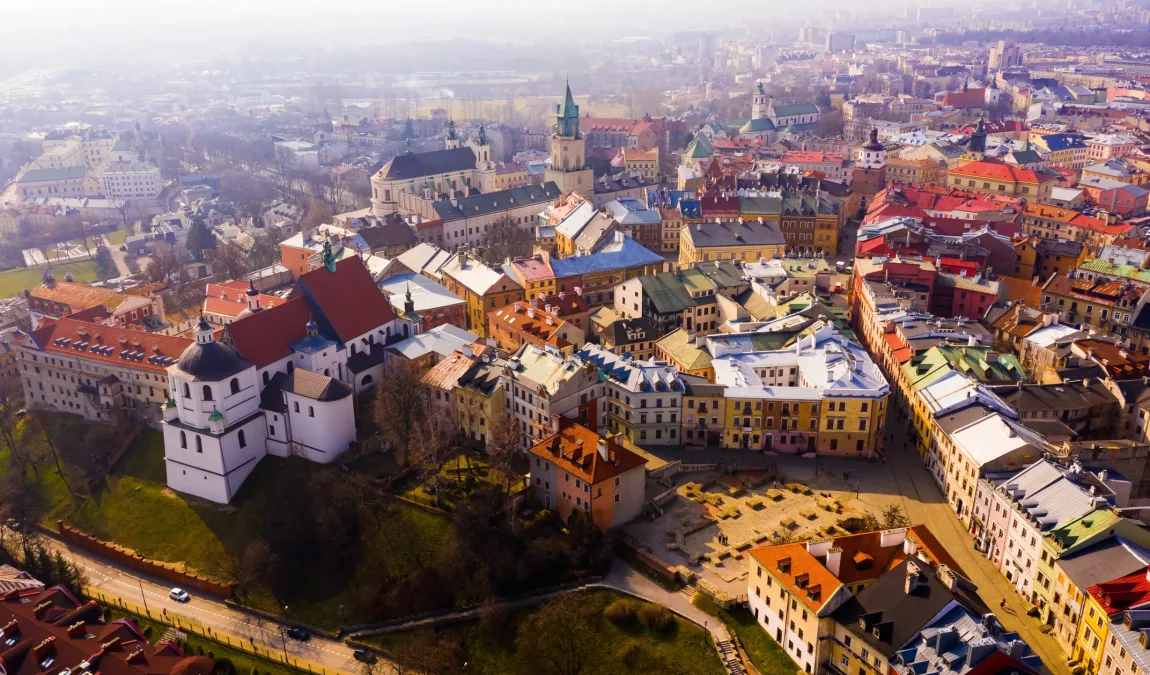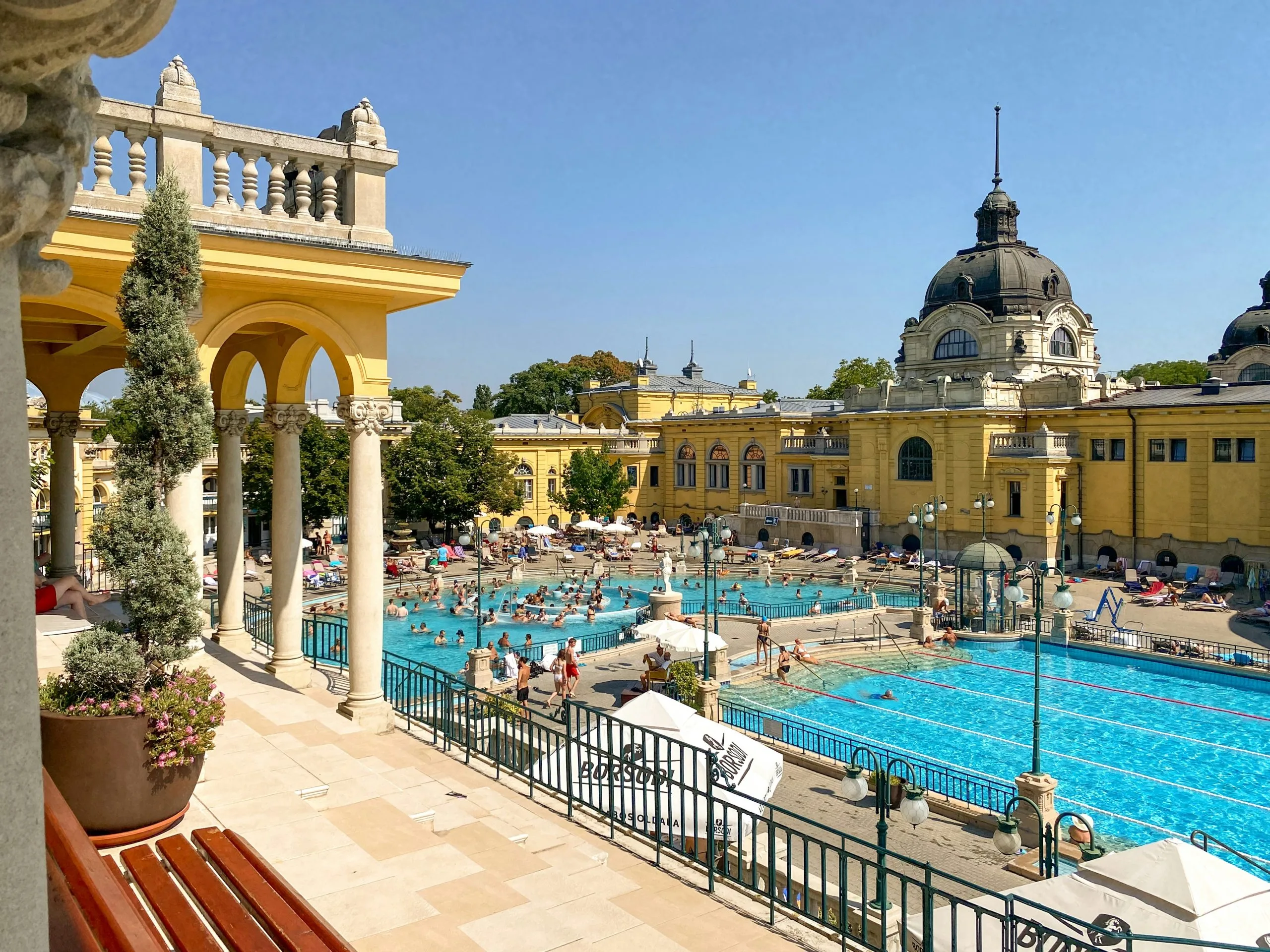Dictatorships are not generally renowned for their hospitality—yet sunshine, sand, and surveillance can often make for an unexpectedly popular holiday cocktail.
In Vacationing in Dictatorships: International Tourism in Socialist Romania and Franco’s Spain, Adelina Ștefan explores how authoritarian regimes cleverly repackaged repression as relaxation, enticing Western tourists hungry for cheap thrills and affordable seaside escapes.
Her book deftly peels back the glossy propaganda, revealing tourism not as a soft force for democracy, but as an effective tool for authoritarian survival, soaking up foreign currency while polishing international reputations.
It is a compelling, unsettling reminder that even leisure can serve tyranny’s aims.
Fascist Spain, communist Romania
Spain’s transformation into a tourism powerhouse began in the late 1950s. Despite a faltering economy and authoritarian rule, its beaches became magnets for Northern European tourists seeking affordable sun.
Crucially, Spain’s tourism boom coincided with the rise of charter flights and the easing of border restrictions. Even more significant was the regime’s pragmatism: while Franco remained firmly in control, he delegated tourism strategy to the energetic Manuel Fraga Iribarne.
Fraga liberalised hotel pricing within limits, reduced red tape, and promoted Spain as a cheap and safe destination—offering Western tourists familiarity, even under dictatorship.
Romania’s interest in Western tourism took shape later, in the early 1960s. After a 1961 meeting of socialist states in Moscow, Romania aggressively promoted its seaside resorts and mountain destinations to Westerners, primarily for the hard currency they brought.
The early signs were promising: between 1961 and 1974, the number of Western tourists visiting Romania increased thirtyfold. Yet Romania’s gains remained modest compared to Spain’s—and short-lived.
What Ștefan exposes so effectively is how timing and state strategy diverged. Spain capitalised on being early to the game, while Romania’s later push faced global headwinds, such as the 1973 oil crisis and stagflation in Western Europe.
Moreover, Spain’s geographic proximity to wealthier nations gave it an edge over Romania, which was more difficult and costly to reach by car or plane.
Governance vs. Ideology
Perhaps the most striking insight from Ștefan’s work is how governance styles—not just ideology—shaped tourism outcomes.
Spain’s authoritarianism was undeniably repressive, but when it came to tourism, there was space for pragmatism and delegation. The tourism sector was allowed to innovate and adapt, albeit within constraints.
In contrast, Romania’s tourism strategy became increasingly autocratic under Nicolae Ceaușescu. Early reformers briefly improved coordination and profitability by centralising tourism planning under the national tourism office. But after 1974, when Ceaușescu purged more pragmatic officials in favour of loyalists, economic logic was sacrificed for political control.
Prices were hiked during economic crises, surveillance of tourist workers increased, and investment in infrastructure was curtailed. Ceaușescu viewed tourism less as a developmental opportunity and more as a hard currency extraction machine.
The result? Romania priced itself out of competitiveness just as Western tourists were tightening their belts. Elderly and lower-spending visitors became the norm. After a brief peak in 1979, Western tourist numbers crashed in the 1980s and never recovered before the fall of communism.
Tourism as social catalyst
Despite their different outcomes, Ștefan demonstrates that tourism catalysed social change in both countries. Contact with foreign tourists exposed locals to alternative lifestyles, consumption habits, and even sexual norms.
In Spain, where Catholic conservatism had deeply restricted women’s rights and public behaviour, the influx of foreign tourists—especially women—challenged these norms. Employment opportunities in tourism gave women income and independence, and foreign fashion trends sparked cultural change, famously epitomised by the ‘bikini revolution’ in resorts like Benidorm.
Romania experienced its own form of grassroots cosmopolitanism. Tourism jobs became coveted as gateways to the outside world, especially for rural workers newly urbanised through resort development. Informal economic exchanges—like selling goods to tourists or smuggling currency—allowed some Romanians to sidestep state control.
For many, engaging with tourists was a form of ‘virtual travel’, a way to connect with the West despite the Iron Curtain.
Ștefan makes a broader point here: authoritarian regimes may have attempted to control how tourism functioned, but the social interactions it enabled often outpaced official intentions. Tourism modernised from below, seeding aspirations and connections that quietly undermined autarkic or puritanical state ideologies.
After the Curtain
One of Ștefan’s most sobering findings is that the end of dictatorship didn’t automatically revive tourism in places like Romania.
In Spain, tourism continued to thrive after Franco’s death, becoming a cornerstone of the country’s democratic economy. In Romania, the collapse of Ceaușescu’s regime did little to halt tourism’s decline. No new hotels were built on the Black Sea coast in the 1990s, and only in 2016 did Romania return to its 1989 visitor numbers.
Years of underinvestment, poor service standards, and degraded infrastructure had long-lasting effects.
Ultimately, Vacationing in Dictatorships forces a reconsideration of how we think about Cold War Europe. It wasn’t simply a tale of free market versus command economy. Spain and Romania were both dictatorships, but their divergent tourism trajectories were shaped by timing, openness to pragmatic governance, and global economic currents.
Ștefan argues that international tourism blurred ideological lines and created unexpected forms of modernisation, interaction, and even resistance. It allowed Romanians and Spaniards alike to experience the world beyond their regimes—not always by traveling abroad, but through the strangers who came to them.
In doing so, tourism not only reshaped economies but also altered cultures, aspirations, and political imaginations—laying, perhaps, the quiet groundwork for post-dictatorial futures.
Vacationing in Dictatorships is published by Cornell University Press. It can be read online for free, here.
Photo by Vlad Bucur on Unsplash.







